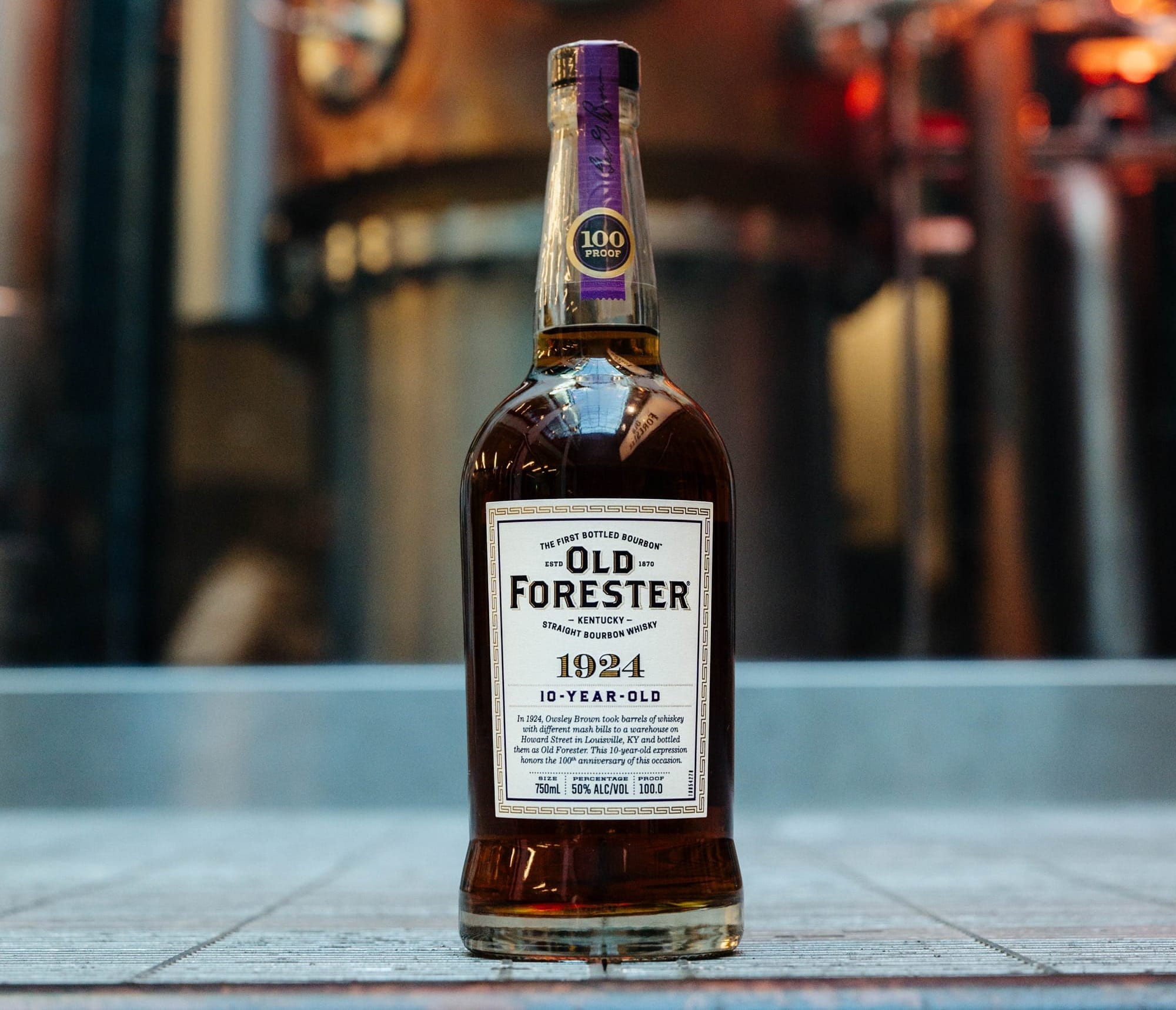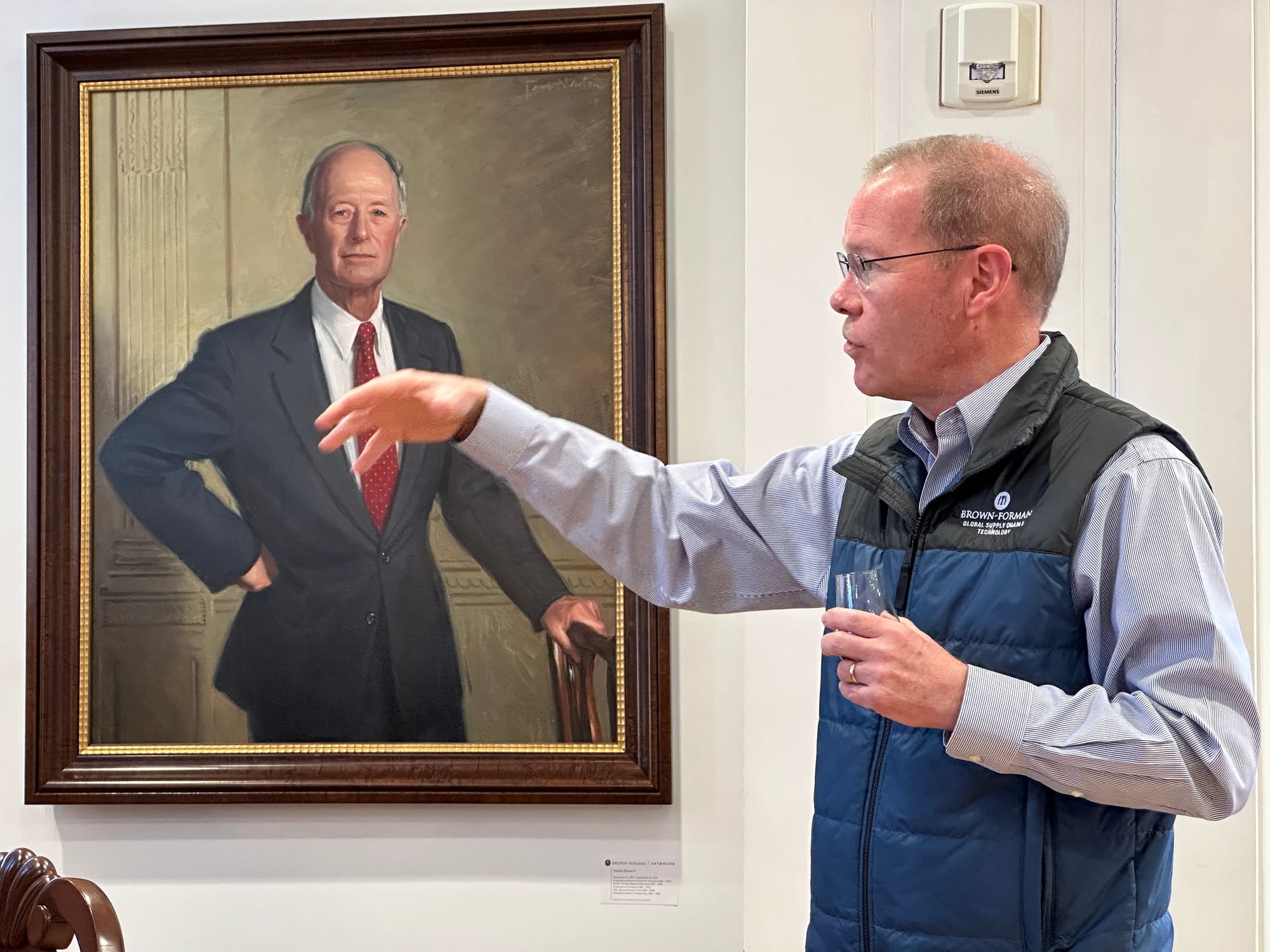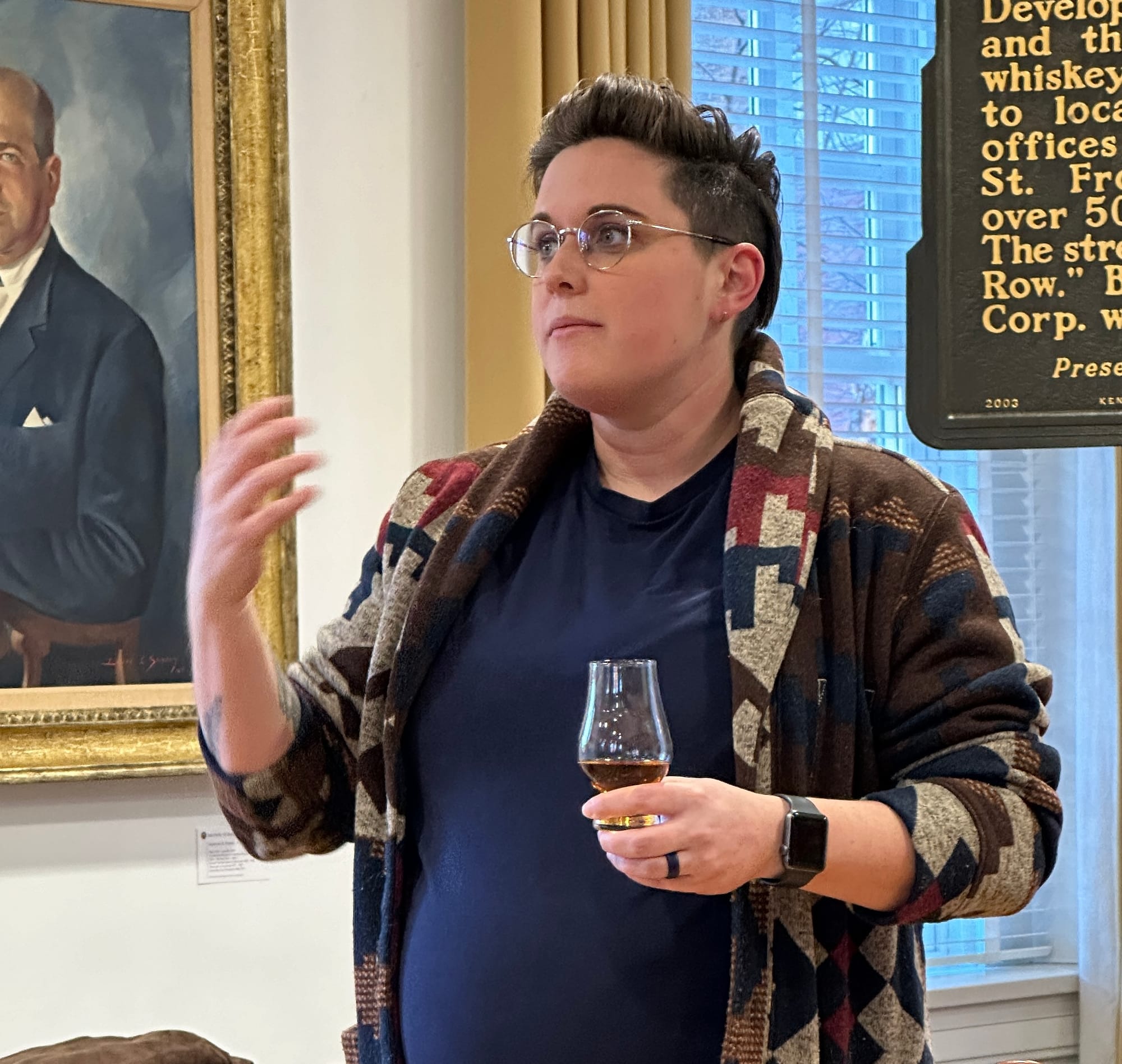Old Forester 1924 Bourbon Review
Old Forester's longstanding mashbill is 72% corn, 18% rye and 10% malted barley. But the mashbill chosen for 1924 is 79% corn, 11% rye and 10% malted barley. It also was fermented with a unique yeast strain.

BOTTLE DETAILS
- DISTILLER: Brown-Forman
- MASH BILL: 79% Corn | 11% Rye | 10% Malted Barley
- AGE: 10 years
- YEAR: 2024
- PROOF: 100
- MSRP: $115
- BUY ONLINE: Old Forester Shop
STEVE'S NOTES
SHARE WITH: Any whiskey fan.
WORTH THE PRICE: Yep, especially since this appears to be an increasingly common price for a high-quality 10-year-old bourbon.
BOTTLE, BAR OR BUST: Bottle.
OVERALL: Nobody plays the history-by-the-numbers-on-the-label game as consistently as Old Forester. Its Whiskey Row Series includes the 1870 (Old Forester's founding), 1897 (the creation of the Bottled-In-Bond Act), 1910 (when a distillery fire necessitated some whiskey be barreled a second time in new charred oak), and 1920 (the start of Prohibition). The fifth addition to the lineup is 1924, which marks a period when, as a whiskey maker with a medicinal spirits permit, Old Forester legally acquired loads of barrels from other distilleries and bottled them as Old Fo'. Eventually, those barrels filled tens of millions of medicinal prescriptions for Americans who were sick of just one thing: Prohibition.
Since Old Forester had yet to build its own distillery, sourcing was nothing new. What intrigued Brown-Forman master distiller Chris Morris and the brand team most, though, were two things: 1. whose whiskeys the brand sourced during Prohibition, and 2. what mashbills were used to make those whiskeys.

Old Forester's longstanding mashbill is 72% corn, 18% rye and 10% malted barley. But the mashbill chosen for 1924 is 79% corn, 11% rye and 10% malted barley. It also was fermented with a unique yeast strain. At a press event in early January, Morris was asked whose Prohibition-era mashbill was used to create 1924. His answer: Contractual obligations forbid sharing it. That answer that leads to at least two assumptions:
- Whatever distillery that used that mashbill shut down during Prohibition, later came back and doesn't want that secret revealed.
- Or, Brown-Forman, which is legendarily tight-lipped about its own contract clients, just doesn't want to say who.
- UPDATE: When a sharp-eyed reader pointed out that the 79%/11%/10% mashbill of 1924 is the Early Times mashbill, I verified that it is. (And I have to admit being a little bummed out for not recognizing that grain combo.)
For those who may not know, Early Times is a brand long owned by Old Forester and, eventually Brown-Forman, Old Forester's parent. Until recently, the distillery where Old Forester, Early Times and The King of Kentucky are made, was named Early Times Distillery (DSP 354). Following the sale of Early Times to Sazerac a few years back, the distillery was renamed Brown-Forman Distillery.
For some great history of the Early Times brand, check out an article written by whiskey historian Michael Veach detailing the history of the Early Times brand. (Click here to read it.) Not only is it an interesting story, it mentions the 1923 purchase of Early Times' stocks by Old Forester. I'd say that pretty well clears up any assumptions of the mashbill's origins.
While you decide on which assumption you like, I'll start describing Old Forester 1924 Bourbon. Unsurprisingly for a 10-year-old whiskey aged in a heat-cycled warehouse, the color is deep copper. Swirling it the glass shows off a supple yet weighty body.
The nose is redolent of the usual Old Forester goodies such as baking spice, dark fruits, fresh peaches and that ever-present and always welcome acetone-and-bubblegum note. Where 1924 breaks with traditional Old Fo' is by contributing notes of almond paste, Nutella, chocolate cake, graham cracker and a little ginger.
Its mouthfeel delivers on the visual promise of a full-bodied bourbon. Letting it roll around your mouth is an indulgent exercise that scatters sparks of cinnamon and bits of graham cracker all around. Some black pepper and maple notes emerge shortly afterward. From a fresh-cracked bottle, it's not overly complex, but it's so rich and satisfying that, well, mind-bending depth isn't required. My bet is that as this whiskey is poured out and air replaces it, complexity will kick in.
The finish is slightly drying but clean, warm and long, just as you'd expect from a bourbon of this age–I'll describe it as "Old Forester Birthday-esque." It is delicious in every respect, and I'm grateful that the brand team had the foresight to create this 10 years ago.
BRAND NOTES
During Prohibition, more than 200 distilleries in Kentucky alone were forced to close. Old Forester, however, continued operations because the federal government issued it one of six permits to bottle existing whiskey stocks as medicine. In 1924, Old Forester acquired barrels from closed distillers, with different mash bills, and bottled that liquid as Old Forester. This special release commemorates that moment in time.
This release honors the 100th anniversary of that whiskey innovation. Old Forester is the only bourbon brand produced before, during and after Prohibition.
“We are honored to commemorate this historical milestone with a new featured mashbill and a beautiful 10-year age statement," master taster Melissa Rift said. “It allows whisky lovers to taste just how dynamic our brand can be while staying rooted in our rich history."

Color: Dark graham cracker.
Aroma: Soft notes of fudge, cocoa, marzipan, and cured tobacco layered over hints of rich oak and warm cinnamon.
Flavor: Chocolate-covered graham cracker dusted with cinnamon.
Finish: Hints of spice and graham cracker crumbles.
Disclaimer: Bourbon & Banter received a sample of this product from the brand for review. We appreciate their willingness to allow us to review their products with no strings attached. Thank you.

